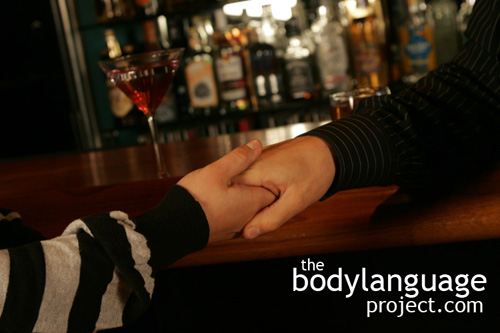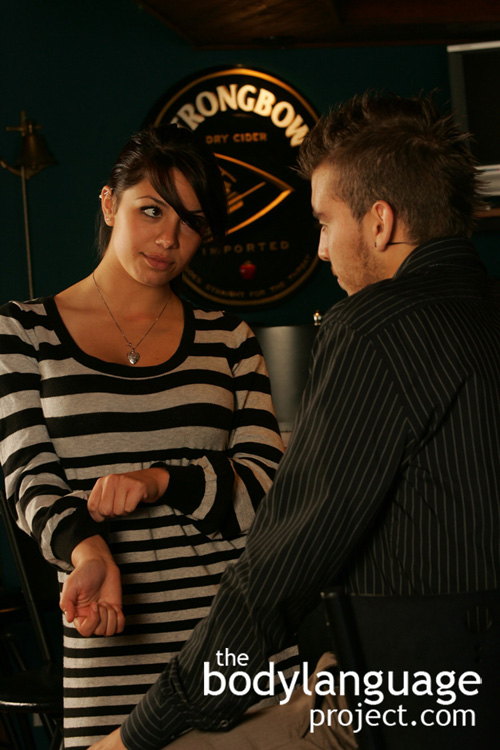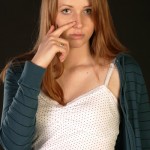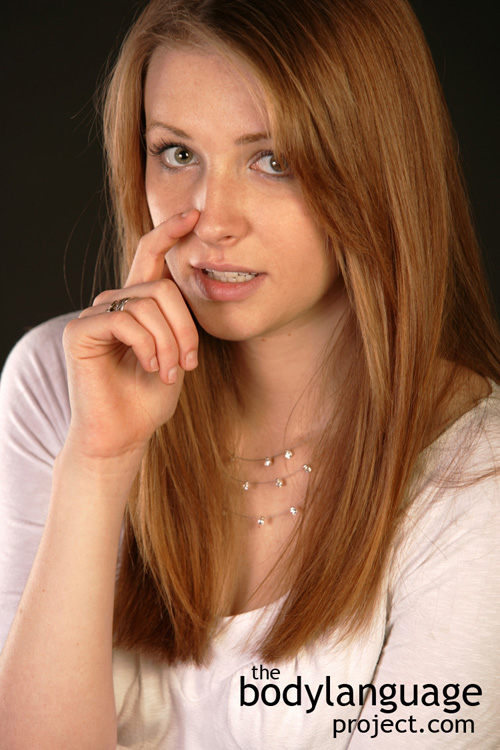Bowing is a courtesy gesture that is performed by bending the waist at about fifteen degrees and occurs between members of about the same age and status. Bending to a full forty-five degrees is reserved to show the highest degree of politeness which you might show to someone of particularly high social status. The general rule applying to bows says that the lower ranking individual bows first, further and longer. In very casual settings a simple head nod would suffice. Still, in other settings, a handshake might accompany the bow and this is fast becoming the norm in Chinese society. The bow has origins related to status since it leaves the head vulnerable to attack showing trust. In Muslim and in Judaism the bow is seen as a gesture between God and his people, and is therefore frowned up as a gesture between those of equal status. In European cultures, the bow is used by men alone, whereas women perform their version, the curtsy, where the leg is tucked behind the other followed by a slight dip. Bows are traditional in Korea, Japan and to some degree China though not as formalized.
The full salaam is a traditional greeting in Arabic speaking countries and Islamic countries but of which is losing popularity. It is done by sweeping the right arm upwards from the heart above the head. It begins by placing the hand in the center of the chest over the heart, palm to chest, then moving upwards to touch the forehead, then rotating the palm out and up slight above head height in a sweeping motion. In the abbreviated salaam the head is dropped forward or bowed and the forehead, or mouth, or both, is touched with the fingertips then swept away. The namaste is a greeting done in India by placing both hands together palm to palm across the chest and bowing slightly. It’s origins like the handshake and wave demonstrates that no weapon is present.
Cheek kissing is another greeting gesture common in certain parts of the world. Kissing is common in Switzerland, Southern Europe, the Mediterranean and Latin America. Italians, Hispanic and French establishments will also kiss hello even while living in North America. Other pockets of kiss hellos’s are located in Miami and also Quebec where there is a heavy influence of Latin American and European immigrants. Others who kiss include Scandinavians who use a single kiss, the French who use the double kiss, and the Dutch, Belgians and Arabs who use the triple kiss. The kiss hello occurs when both people lean forward and either lightly touch cheeks together or where the lip partially touches the check. Generally the person will simply kiss the air rather than the actual cheek. Many variations exist of who kisses who and how. For example, women would kiss women in Southern Europe and women would kiss men, but men kissing men varies specifically from country to country. In Argentina and Uruguay, however, it is fairly common for male friends to kiss.

The handshake is quickly becoming the most popular method that people meet and greet one another.
Fast becoming the most common type of greeting is the handshake as it represents the middle ground between the kiss and the bow. It contains some intimacy in the form of touching but stops short of being too intimate for most cultures. Even with respect to the handshake there are differences across cultures. For example firm handshakes are welcome in the West but in Asia are seen as aggressive. In parts of East Asia and North America, women and children rarely initiate a handshake, but will usually oblige if offered, and in Islamic countries men never shake the hands of women. Across the world a handshake is most commonly done with the right hand, but is far from universal.
The French lead the world in the handshake department and have been shown to shakes hands for up to thirty minutes a day. Shaking hands is common for the British, Australian, Canadian, American and German. Variations of the number of pumps also exist with some cultures shaking hands up to seven times. For example people from Northern Europe pump hands up and down only once and those from Southern Europe and Latin America pump hands up and down longer and with more vigor. Other cultures, still, will continue to hold the hand even after the handshake is complete which is common for Indian, Asian and Arabic cultures. If not prepared, this intimacy can be disconcerting and one might be driven to pull their hand free.
Hand kissing is another ritualistic greeting, but one that is nearly extinct today. It was common in the European upper class in the 18th and 19th century. The hand kiss was a form of respect given to someone of high class by someone of lower class. The palm was presented face down to a subordinate and he or she would bow forward and kisses the knuckles or ring. It is still observed in Central Europe such as Austria, Poland, Turkey and Hungary. Other greeting gestures are the kowtow from the Chinese which happens by kneeling and bowing so low as the head nearly touches the ground, the hongi, a traditional greeting in New Zealand where the noses are pressed together and hugging which is more common among friends and family in North America, but more universal in Latin America even amongst men, and in Russia where we see firm handshakes followed by big hugs called “bear hugs.” Polynesians can be seen following up hugs with back rubbing. In North America where greeting gestures are less formal, the fist pound happens where two fists are brought together as if punching each other. Less intimate greetings include waving, hat tipping or “doff” (which is mostly obsolete) and hat raising common in the 19th and early 20th centuries.
If you find yourself touring a foreign country who’s culture is very different from yours, but find someone bringing you in closer to hug, kiss a cheek, or hold a hand, don’t pull back. If someone wants to hold your hand, don’t wince, or twist it away, or if someone shakes your hand for what seems like far too long, don’t give up part way. These cultural traditions are no worse than yours and since it is you who is invading someone else’s territory, it is you who deserves to respect your host’s customs and not them yours. Being welcomed by native people with their traditional greetings is their way to make you feel at home, even if it violates your personal space requirements, or makes you uneasy. The same can be said for greetings from the elderly whom I find routinely hang onto a hand after shaking to keep close. Remember that an intimate greeting is a sign of respect and it should be honoured from whomever it comes from, and in what way.
















